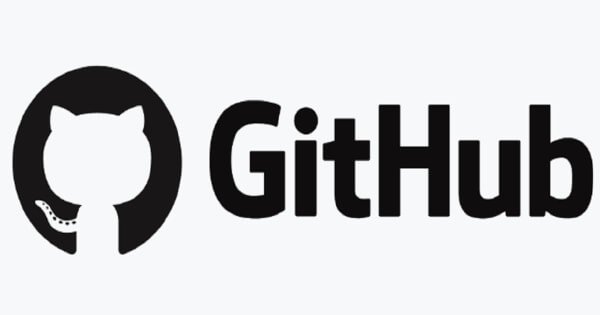Peter Zhang
Aug 02, 2025 04:05
GitHub Actions unveils new REST APIs for managing settings and announces the migration of the ‘windows-latest’ image label to Windows Server 2025.
GitHub continues to enhance its platform capabilities by launching new REST APIs for GitHub Actions, aimed at streamlining the management of settings, according to the GitHub Blog. These APIs provide developers and teams with the ability to programmatically handle various settings, reducing the need for manual oversight.
New REST APIs for Actions Settings
The newly introduced APIs cover several critical areas. Users can now manage approvals for running fork pull request workflows from contributors and allow workflows on fork pull requests within private repositories. Additionally, the APIs enable setting parameters for which repositories can create repository-level self-hosted runners and adjusting artifact and log retention periods.
This development allows teams to efficiently create, modify, and audit their policies across enterprise, organization, and repository levels. The new endpoints aim to enhance automation and streamline workflow management, providing a robust framework for developers to manage their GitHub Actions settings.
Migrating ‘windows-latest’ Image Label
In a significant update, GitHub Actions is set to migrate the ‘windows-latest’ image label from Windows Server 2022 to Windows Server 2025. This transition will commence on September 2, 2025, and is expected to be completed by September 30, 2025. During this period, workflows will be gradually updated to the new image. Post-migration, the workflows will no longer run on Windows Server 2022.
GitHub cautions that the Windows Server 2025 image may feature different tools compared to its predecessor. Users are encouraged to review the tool list for Windows 2025 to identify any potential discrepancies and make necessary adjustments to their workflows.
These updates underline GitHub’s commitment to evolving its platform to meet the needs of developers and organizations, ensuring robust and flexible development environments.
Image source: Shutterstock














